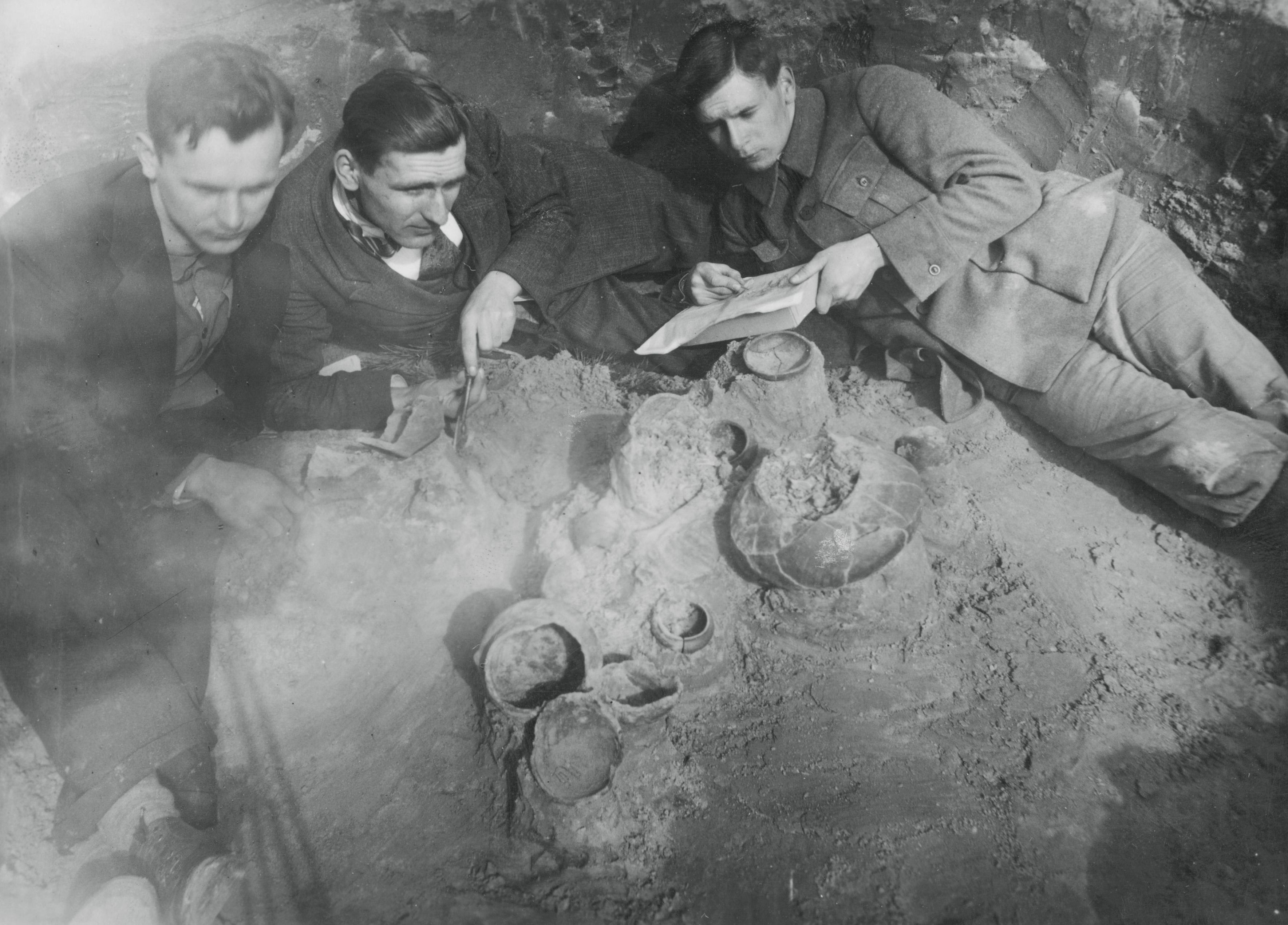Exhibitions
Departments

Since April this year, the Archaeological Museum in Poznań has been running a project titled "The archaeology of Greater Poland in the Reborn Republic of Poland" - conservation of a collection of photographic glass negatives.
The project involves the conservation of 860 glass photographic negatives from a unique collection of negative plates held in the research archives of our museum. It is co-financed under the government programme "Supporting museum activities" by the Ministry of Culture and National Heritage from the Fund for the Promotion of Culture.
The objects under conservation represent extremely valuable photographic documentation showing the activity of archaeologists from Greater Poland in inter-war Poland, i.e. in a period of great significance for the development of Polish archaeology. They illustrate excavations of that time, archaeological sites, accidental discoveries, field displays of artefacts, and museum exhibitions. In addition to archaeologists, they also feature renowned figures from the world of politics, science and culture who often visited the excavations.
The plates, which need urgent restoration due to their state of preservation, have been selected for essential conservation work. These measures will not only protect the collection from progressive deterioration but also, through future digitisation of the negatives, make it more accessible for exhibition, scientific, educational, publishing and promotional purposes.
The ongoing project is a continuation of conservation work started by the Archaeological Museum in 2009. Then, it was carried out as part of the project titled "The origins of archaeology in Poland - conservation of a unique collection of photographic glass negatives". The restored collection is used in publications on the history of archaeology and monographs concerning archaeological sites, as well as in exhibitions and educational events related to the popularisation of archaeology. Therefore, we believe that the currently conserved second part of our unique collection will serve the same purposes.
Co-financed by the Ministry of Culture and National Heritage from the Fund for the Promotion of Culture.

Nasza strona internetowa używa plików cookies (tzw. ciasteczka) w celach statystycznych, reklamowych oraz funkcjonalnych. Dzięki nim możemy indywidualnie dostosować stronę do twoich potrzeb. Każdy może zaakceptować pliki cookies albo ma możliwość wyłączenia ich w przeglądarce, dzięki czemu nie będą zbierane żadne informacje. Dowiedz się więcej jak je wyłączyć. OK, Rozumiem

